On June 27, the People's Committee of Quang Ngai province submitted a proposal to the Ministry of Culture, Sports and Tourism to rank the To Vo gate (Tay An Vinh village, Ly Son district) as a national relic.
To Vo Gate was formed from the eruption of Gieng Tien volcano (Ly Son district). Volcanic lava created a thick basalt layer at the location of To Vo Gate.
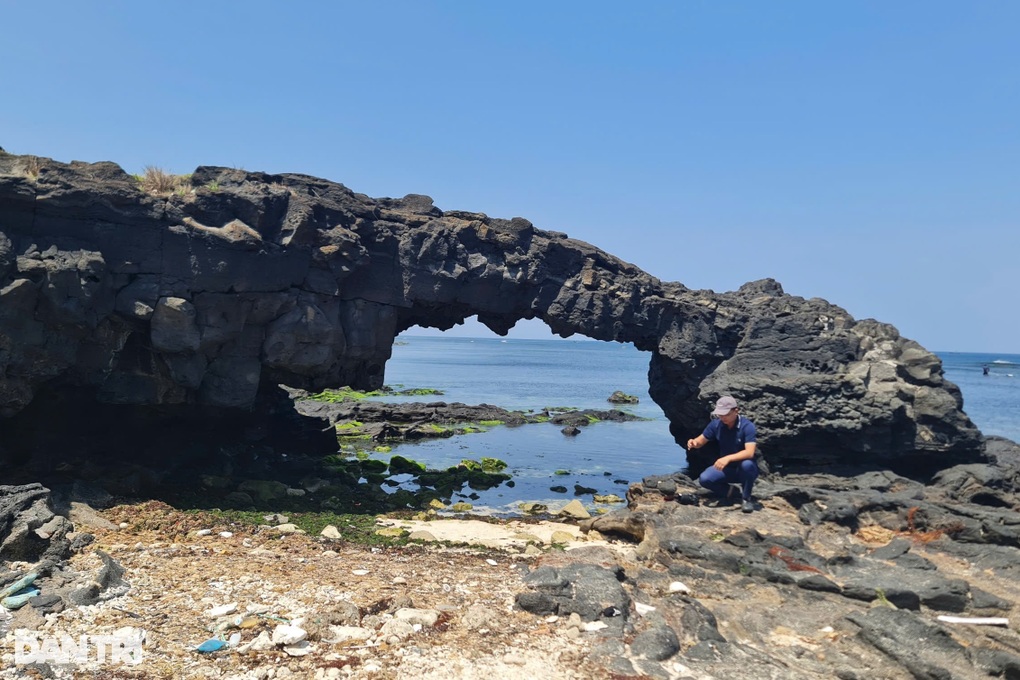
To Vo Gate in Ly Son island district (Photo: Quoc Trieu).
Over time, the basalt layer of To Vo gate was broken by sea waves, creating a hole in the middle layer of rock. This hole has the shape of a wasp's nest.
To Vo Gate is about 20m long, the top of the gate is 4m higher than the sea surface, the narrowest point is about 2m wide.
With its wild, unique, distinct, exclusive beauty and high recognition, To Vo Gate is one of the famous scenic spots of Quang Ngai province and Vietnam.
In addition to the To Vo Gate on land, in the Ly Son sea area there is another stone arch located off the coast of Be Island. This stone arch was discovered by archaeologists in 2014. The stone arch was formed from volcanic lava, with a structure identical to the To Vo Gate on land.
The lava mass that forms the rock arch stretches nearly 100m, of which the dome is about 20m long. From the seabed up, the highest point of the rock arch is about 5m.
Ly Son is an island district of Quang Ngai province, 17 nautical miles from the mainland. The district has an area of about 10 square kilometers and a population of about 22,000 people.
Ly Son district includes Big Island and Small Island. This area has traces of 10 volcanic craters, of which 3 are located on the seabed.
Ly Son Island has many ancient volcanic craters, beautiful beaches, and pristine landscapes. In addition, Ly Son is also famous for its fresh seafood, especially garlic. On average, Ly Son Island welcomes about 250,000 tourists each year.
Source: https://dantri.com.vn/du-lich/vom-da-nui-lua-trieu-nam-tuoi-duoc-de-nghi-xep-hang-di-tich-quoc-gia-20250627143805028.htm


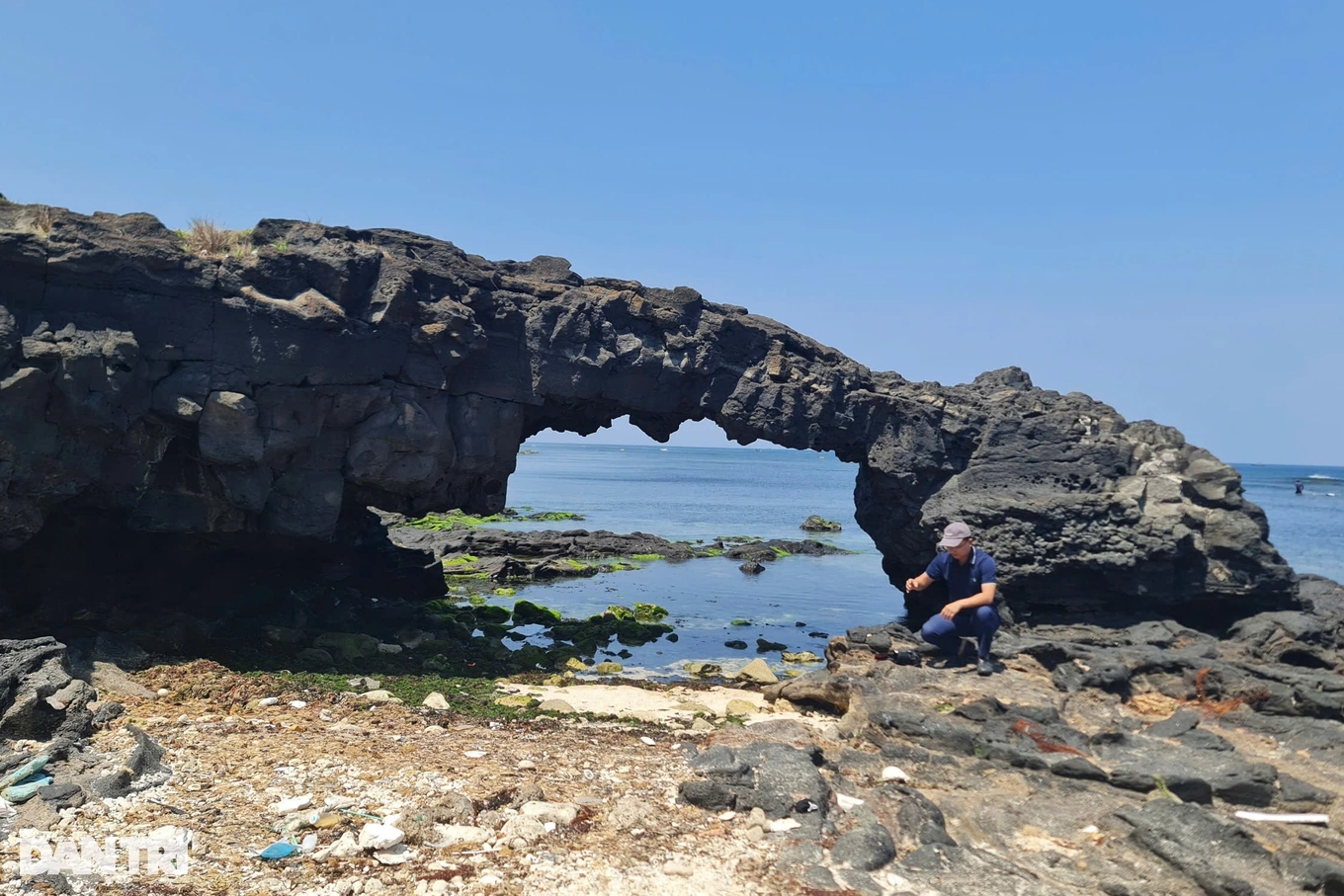





![[Photo] Prime Minister Pham Minh Chinh receives President of Cuba's Latin American News Agency](/_next/image?url=https%3A%2F%2Fvphoto.vietnam.vn%2Fthumb%2F1200x675%2Fvietnam%2Fresource%2FIMAGE%2F2025%2F12%2F01%2F1764569497815_dsc-2890-jpg.webp&w=3840&q=75)
















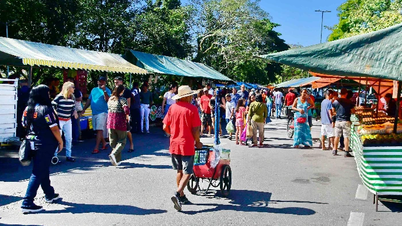














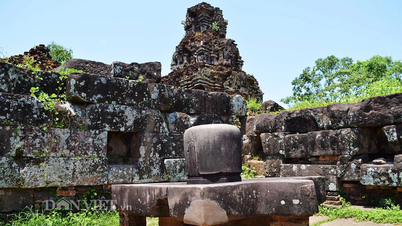



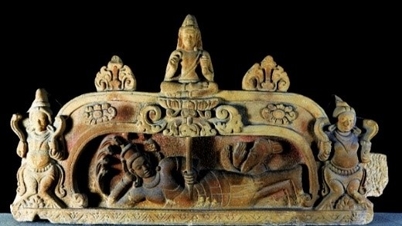
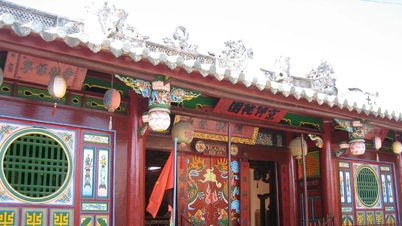
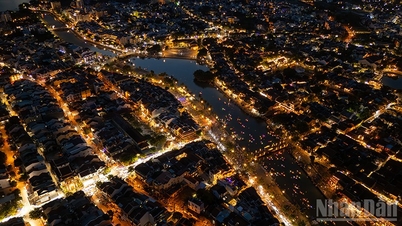

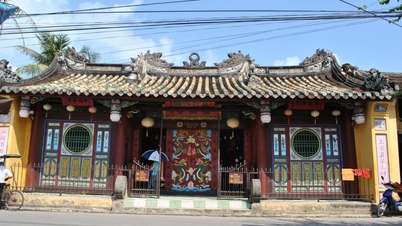



































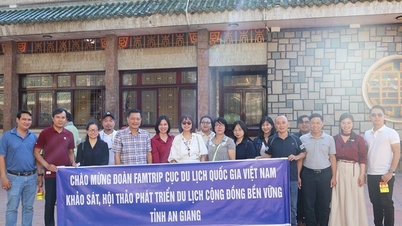










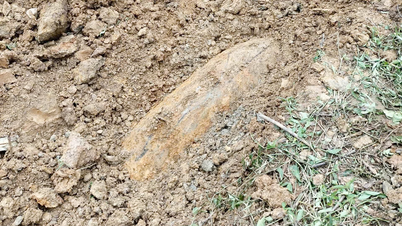












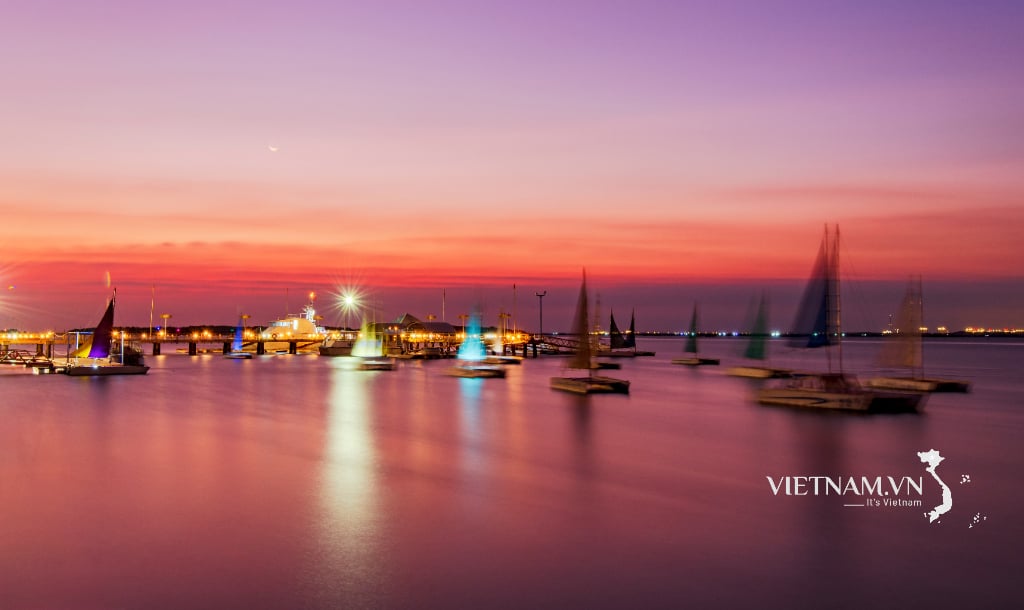



Comment (0)